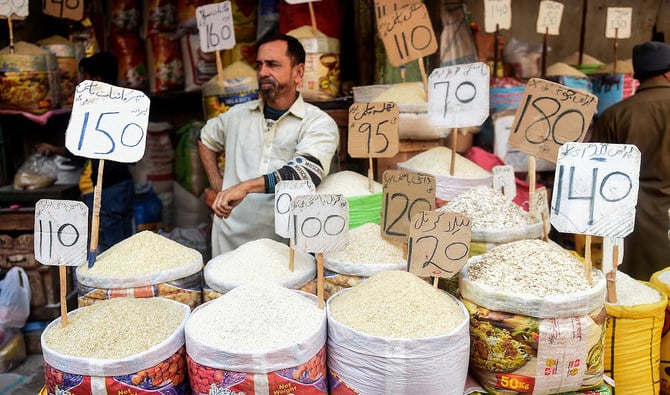In April, Pakistan surpassed Sri Lanka to become Asia’s fastest-growing inflation economy due to a weaker currency and a rise in food and energy costs, leading to record price gains.
The statistics department’s data revealed a 36.4% year-on-year increase in consumer prices, the highest since 1964. This outpaced the estimated 37.2% gain from a Bloomberg survey and a 35.4% increase in March.
The Pakistani rupee is one of the worst-performing currencies globally, falling 20% against the dollar in 2023, resulting in more expensive imports. In April, transportation prices increased by 56.8%, while food inflation accelerated by 48.1%.
In addition, clothing and footwear prices rose by 21.6%, and housing, water, and electricity costs increased by 16.9%. Pakistan’s inflation is expected to increase further following the government’s decision to raise taxes and fuel prices to fulfill the International Monetary Fund’s (IMF) requirements for a $6.5 billion loan program.
This bailout fund is essential for Pakistan to pay for necessary imports such as food and fuel and to avoid default in the coming months. However, the IMF is seeking financing assurances before resuming aid.


